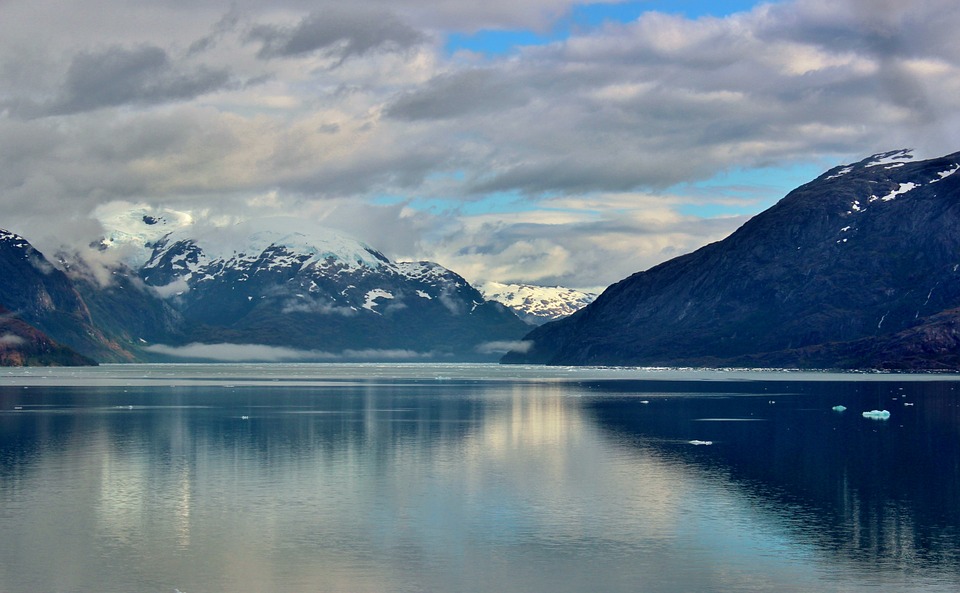What is this "Water Cycle"?
Typically, when figuring something out, you want to break it up into parts.
- Water: H20, the stuff you drink so you don't die
- Cycle: The greek root for circle
So... A water circle? Sounds like a demonic cult, but this its actually the scientific term for how water travels and transforms.
States of Matter
(Sorted in order of awesomeness)
This is going to be the most boring part, but you'll get through. Matter (pretty much everything that isn't nothing) can be in different states, with different properties...
Solid
Solids are things you can touch without your hand going through. The molecules in solids are tightly packed, and often have a lack of thermal energy (heat). Solids have a finite volume and shape.
Liquid
Liquids are things you can drink, yet it's not always safe to. The molecules in liquids are loosely packed, and have more thermal energy than solids. Liquids have a finite volume, but not a finite shape.
Gas
Gases are things you can't really see, depending on the gas. The molecules in gases move around wildy and are not packed together at all. They have the most thermal energy of these states. Gases don't have a finite volume, nor a finite shape.

But I asked about a Water Cycle!
(But I'm assuming that you have the intelligence of a... uh... not intelligent thing)
The Water Cycle is a circle, meaning it has no finite starting point, but we're going to start with one of the most important parts in the water cycle.
Evaporation
An increase in thermal energy (from happy Mr. Sun) causes molecules that were once liquids to turn into gases, and rise into the air as water vapor.
Condensation
As the water vapor rises into the troposphere, it gets colder. Cold enough, that the water turns into a liquid. Then, other gases in the atmosphere form around the water droplet to make what we call "clouds"!
Precipitation
More and more liquid water gets put together, until it is heavy enough to fall down as precipitation, to the ground, where...
The plot thickens
From here, depending on the elevation, the water can go quite a few ways. Let's consult our magical topographic map of SCIENCE!

So, you've probably seen a mountain, or a picture of one, but they definitely don't look as weird and blocky as this. The lines represent a change in elevation, and the closer together they are, the steeper it is. So, from this, we can determine which direction the water will go. It can go one of three ways...
Runoff
If the water lands somewhere where there is a decline, and it doesn't soak into the ground, it will be runoff, and go to a lower elevation to form a body of water or join one. As seen in the topographic map, gravity would pull the water down the mountain, and it would be runoff.
Infiltration
If the ground is not at its maximum porosity (how well it can hold liquid), it will most likely soak into the ground, which is called infiltration. Once in the ground, it will become part of the groundwater, in something called an aquifer. It can then make it into other bodies of water when it is discharged, meaning it leaves the aquifer.
Evaporation
Afterwards, once it has settled into a body of water, it will evaporate and the cycle will continue! Even plants and humans contribute to this, because the water in the plants or the sweat on humans can evaporate into the water cycle. This process is called transpiration.
That was a lot of information that you probably already know . Hopefully you enjoyed this magical learning adventure of scientific majesty!